Gangi Villages

The town is part of the circuit of the most beautiful villages in Italy and has been proclaimed "Borgo dei borghi 2014".

In the territory of Gangi the most ancient finds date back to the ancient Bronze Age, in the period characterized by the culture of Castelluccio, as evidenced by the necropolis consisting of cave tombs found in the site of Serra del Vento and in the Regiovanni and Zappaiello districts, about ten kilometers from the present inhabited center.
It was long identified with the legendary Cretan city of Engyon. Accredited scholars, scholars of yesterday and today place Engio right in the parts of Gangi (locality of Gangivecchio or Monte Alburchia). Some archaeological evidence appears to confirm this.
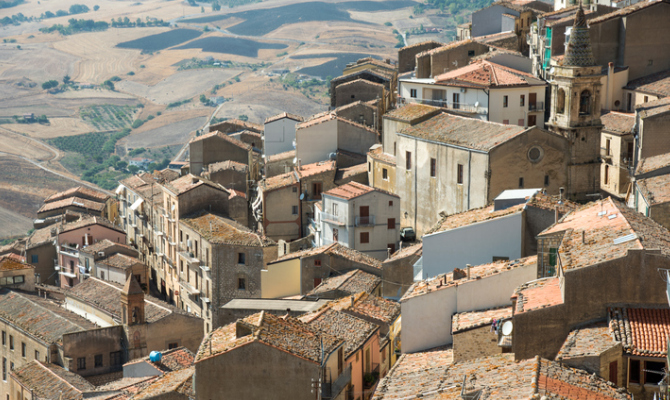
An accredited long-standing historiography writes of the destruction of the town in 1299 by Frederick III during the war of the Vespers.
It was rebuilt on a nearby mountain: the Marone. The first historiographical documents attest to the existence of Gangi (then located in the original site of the Gangivecchio district) in the 12th century.

It was then included in the possessions of the county of Geraci: in 1195 Henry VI of Swabia, who in the previous year had subdued Sicily and had been crowned king, assigned to the de Craon family, in the person of Countess Guerrera, the uniforms relevant to the county , whose borders were defined including the territory of Gangi.
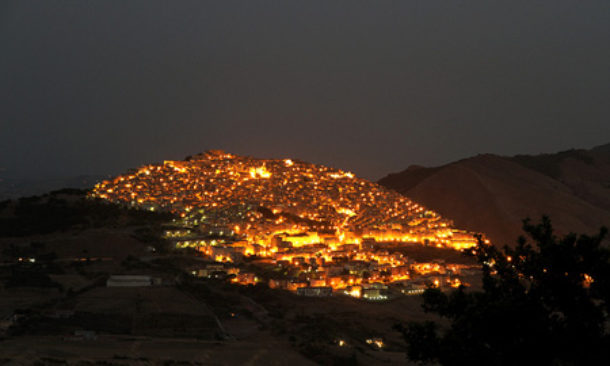
From the thirteenth century the county of Geraci passed under the domination of the noble Ventimiglia.
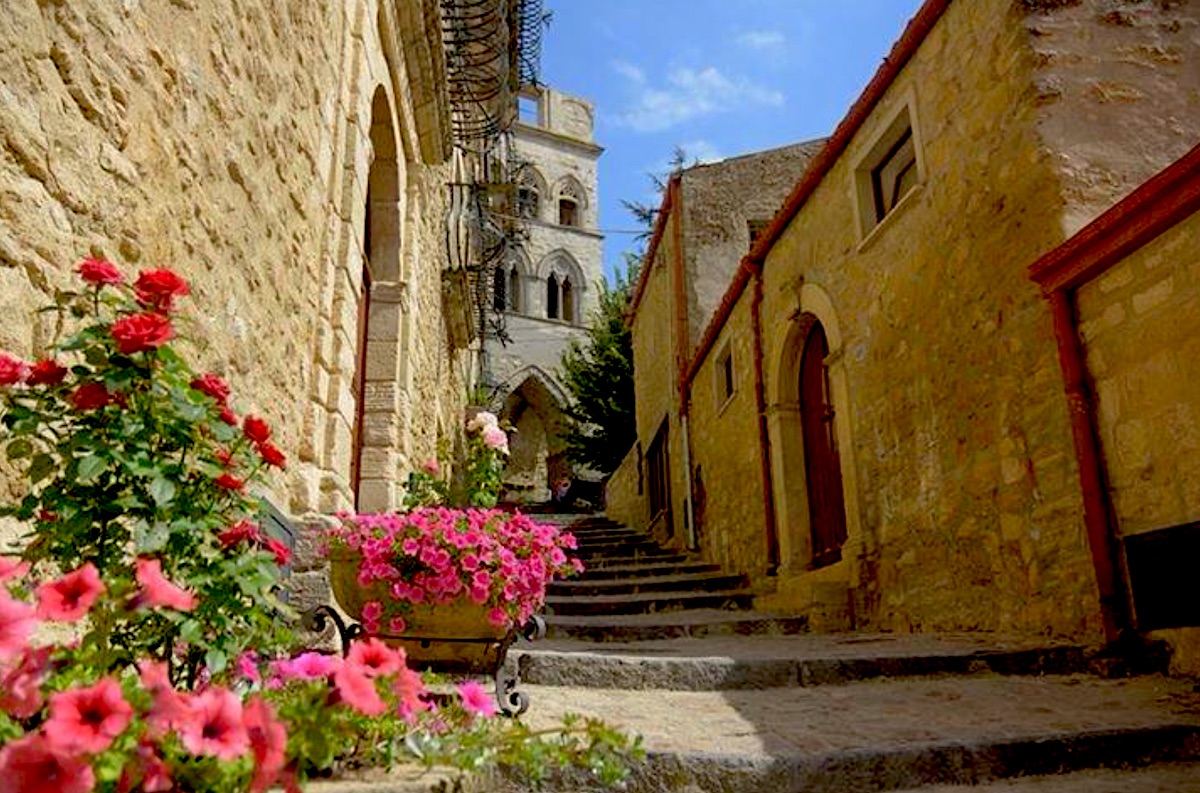
From the end of the 15th century, Gangi, like the rest of Sicily, now part of the Spanish Empire, was subject to the Inquisition. Here the prior of the Benedictines of Gangivecchio was tortured and executed.

In the mid-sixteenth century, censuses and revelations indicate a number of about 4,000 inhabitants, a thousand homes and as many families.

In about 1572 the company of the Whites was founded which welcomed the socially and economically most prominent elements of the gangitan society.
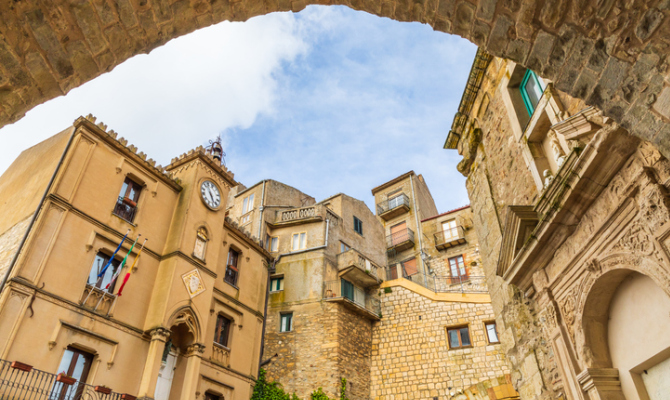
In 1625 an exponent of the Graffeo Maniaci family bought the territory of Gangi from the Ventimiglias, obtaining the title of Prince of Gangi in 1629 by concession of Philip IV of Spain. The title remained with the Graffeo until 1652, when it passed as a marriage dowry to the prince of Valguarnera, whose family kept the title until the nineteenth century.

Academies were founded in the eighteenth century. The best known was that of the industrialists within the Masonic world.

The Church of the Badia annexed to the Benedictine monastery was built on a project by Don Cataldo La Punzina, archpriest of the Church of San Nicolò. From the socio-economic point of view, the emphyteusis began to spread also concerning some lands of the church.
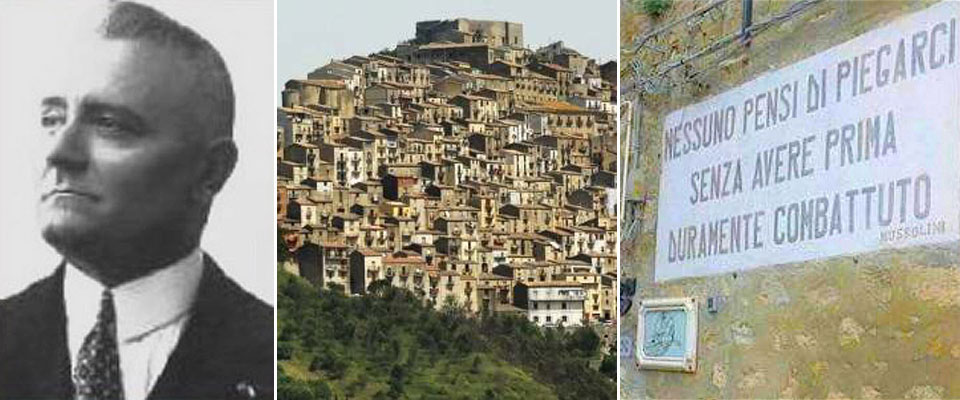
On 1 January 1926 the prefect Cesare Mori carried out what was probably his most famous action, that is what is remembered as the siege of Gangi, a stronghold of numerous criminal groups. With numerous men from the Carabinieri and the Police he had the village raided house by house, arresting bandits, mafia and various fugitives.
The methods implemented during this action were particularly harsh and Mori did not hesitate to use women and children as hostages to force the criminals to surrender.
Poster of the film “Il Prefetto di ferro” by Pasquale Squittirei from 1977
Video: Gangi Villages
Map: Gangi Villages
Address: Via Salita Municipio, 2, 90024
Palermo (PA) Sicilia
Latitude: 37.79713619974259
Longitude: 14.205740690231323
Site: https://www.comune.gangi.pa.it...
vCard created by: OmoGirando
Currently owned by: OmoGirando
Type: City
Function: Public place
Creation date: 06-10-2021 04:49
Last update: 29/01/2023